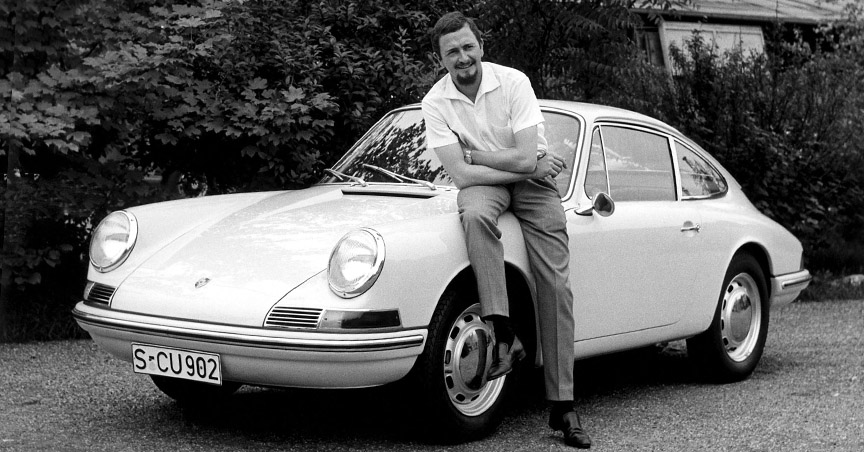F.A. “Butzi” Porsche
(1935 – 2012)
Better known to Porsche enthusiasts as F.A. “Butzi” Porsche, he was the son of Dr.-Ing. Ferdinand “Ferry” and Dorothea Porsche, and grandson of Professor Ferdinand and Aloisia Porsche. While heading up the styling department at Porsche, he played a pivotal role in the design of the 904, the iconic 911, and the 914.
He went on to establish Porsche Design. Like Porsche’s engineering firm, Butzi’s independent design firm handled contract work for outside clients — designing everything from forklifts to airplane cockpits — but is better known for its own products, in this case a line of Porsche Design-branded watches, pens, knives, clothing, appliances, and more.
No Subscription? You’re missing out
Get immediate ad-free access to all our premium content.
Get Started



